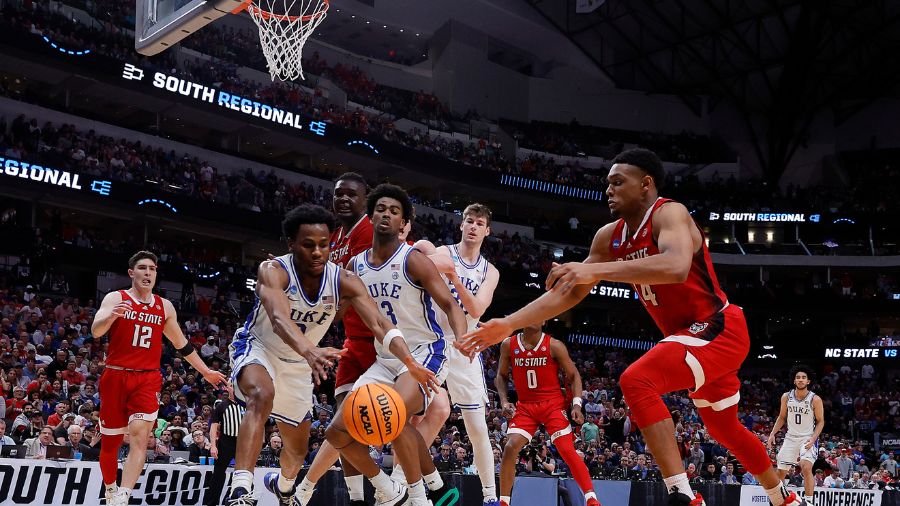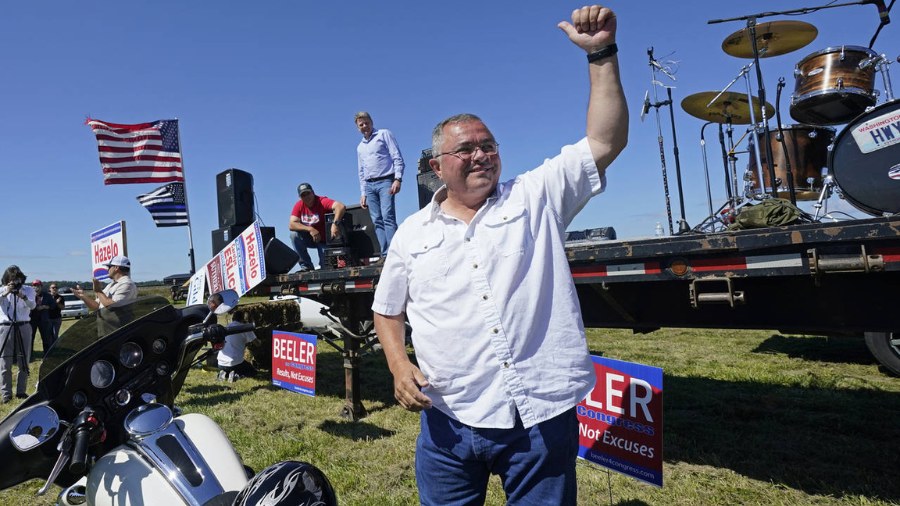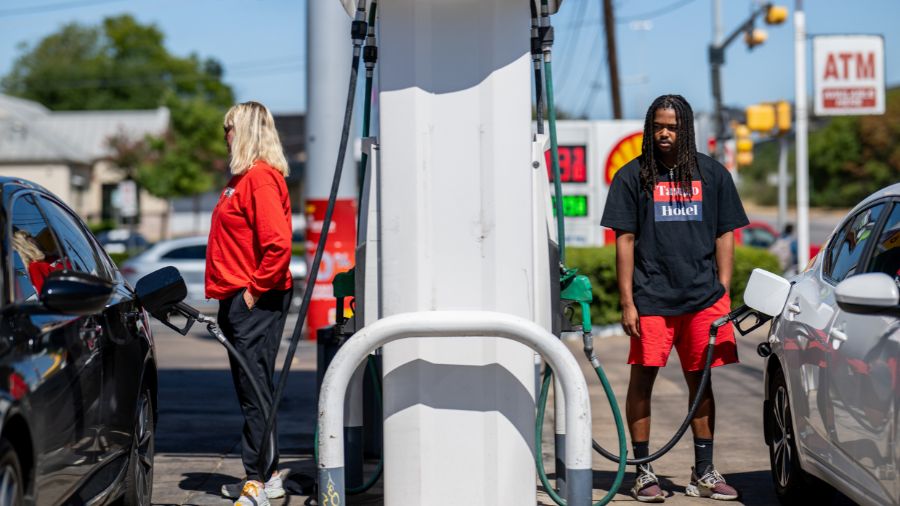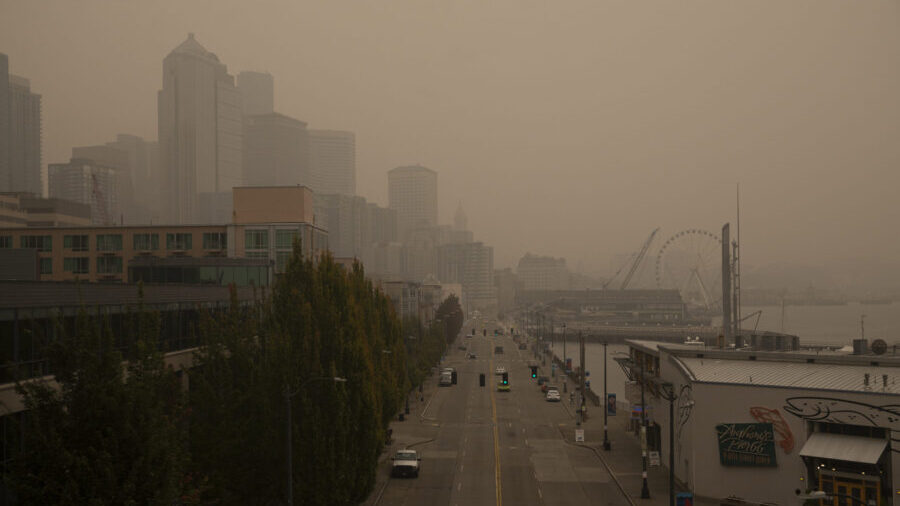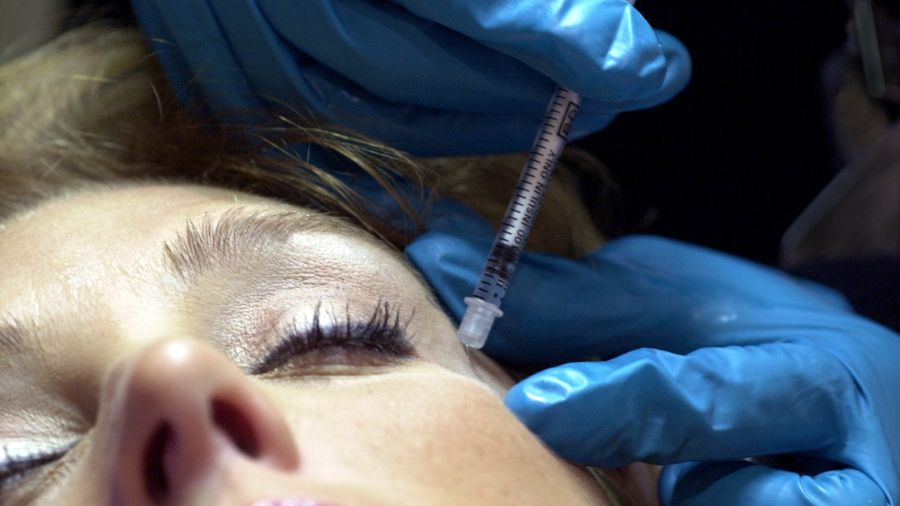Report rules SPD officer didn’t intentionally pepper-spray child during protest
Sep 18, 2020, 10:50 AM | Updated: 10:58 am

Body-worn camera footage during a downtown Seattle protest. (Office of Police Accountability, YouTube)
(Office of Police Accountability, YouTube)
Seattle’s Office of Police Accountability (OPA) released its first set of findings regarding SPD’s conduct during protests in late May and early June.
Seattle council questions SPD’s use of tear gas, mace during protests
The OPA’s findings were highlighted by a ruling on an incident that saw a young child pepper-sprayed by a police officer during a downtown Seattle protest. After a video was circulated showing the child in tears after the incident, over 13,000 separate complaints were filed.
Ultimately, the OPA ruled that the officer responsible for pepper-spraying the child did so inadvertently. Body camera footage reviewed and published by the OPA shows that the pepper spray was initially deployed against a protester who had grabbed an officer’s baton. The child, who was standing behind the protester, was hit by the spray after the protester ducked to get out of the way.
That being so, the OPA ultimately decided that the child “was not individually targeted” by the officer, while expressing remorse over the end result.
“The picture of the Child standing in the middle of the street, crying, with milk running down his face is an unforgettable image from these demonstrations,” OPA head Andrew Myerberg said in his report on the incident. “It shows an innocent child who was a victim regardless of the circumstances. That the Child suffered this trauma is something that OPA is extremely sorry for and that no decision in an administrative investigation can ever remedy.”
“This is one of the hardest cases that I, as the OPA Director, have had to consider during my nearly three years in office,” he added.
Police oversight groups differ on council’s crowd control weapons ban
The OPA also presented findings on five other incidents, including one where an officer was recorded restraining a protester by placing his knee on their neck. While noting that the officer wasn’t intentionally trying to impair the protester’s ability to breathe, the OPA did rule that he used a form of restraint that is “flatly prohibited” by the department. Discipline for that officer is pending a decision from interim Chief Adrian Diaz.
“Even if not intended to impair breathing, it can functionally do so,” the OPA’s report on the incident reads. “As the nation saw in Minneapolis, that improper tactic can cause serious injury and even death.”
You can read through the rest of the OPA’s findings on their demonstration complaint dashboard here.

